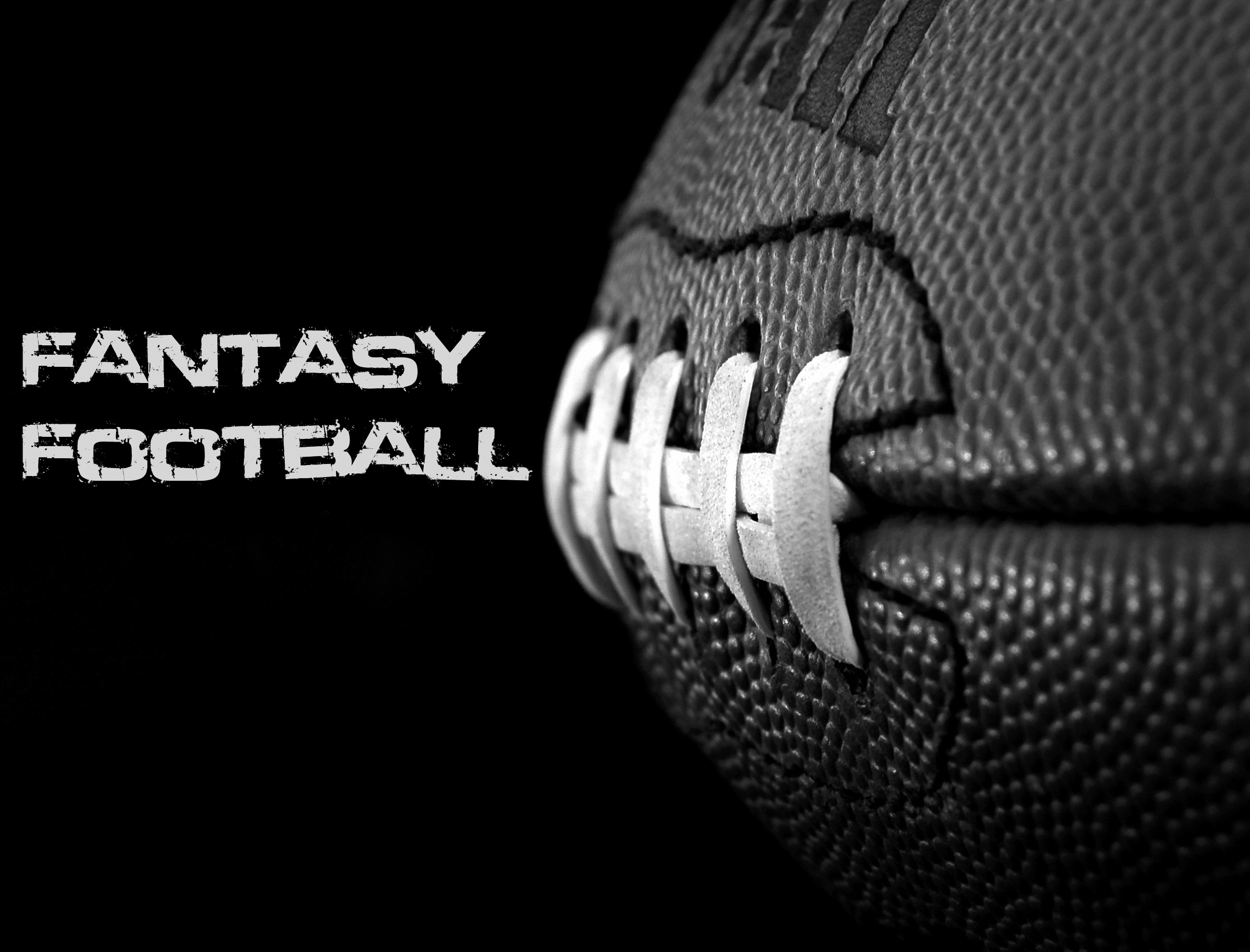
19.) Draft According To Your PPR Status
I think knowing the PPR status of your league is the most important rule there is to know about the league for drafting. PPR stands for points per reception. So in a PPR league, Antonio Brown who had 136 catches last year scored 136 more points than a non-PPR league. Non-PPR league players may lean more on who is most likely to score touchdowns since their breakdown comes from yards and touchdowns only. PPR league players will look for guys that catch a lot of passes. RB’s that catch the football out of the backfield gain more from a PPR league while someone like Todd Gurley who had 229 rushes and only 21 catches may be favored in non-PPR leagues. Your strategy should tailor to where your league stands and half PPR’s should be a balance of both.
20.) Look At Team Depth Charts
Depth charts should play a helpful role in drafting and setting up your draft rankings, especially in the flux and chaos of the preseason. Depth charts tell you the order of where a player stands in terms of playing. A popular name may be listed as fourth on the depth chart but a lesser known player might have jumped him to be third. While most fantasy players will like the first guy because of his name, player B is more likely to see playing time on the field according to the depth chart. Playing time = opportunities.
While the Browns may suck on offense, the first WR on the team has a better opportunity of putting up better numbers than New England’s fourth WR usually does despite them being a much better team. Continually monitoring the depth charts can help keep of track of who you should pick and identifying potential sleepers. If a no name training camp invite works his way up the depth chart to first or second string, they have a lot more value as a sleeper or a steal at the bottom of the draft when it comes time.











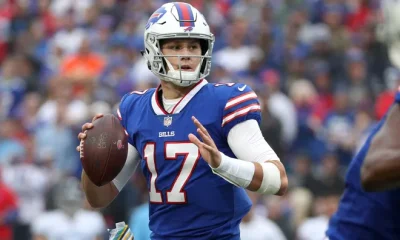

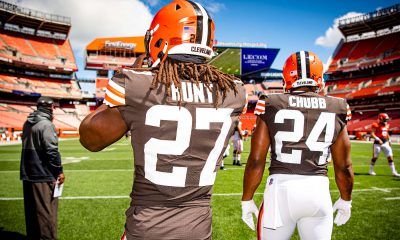

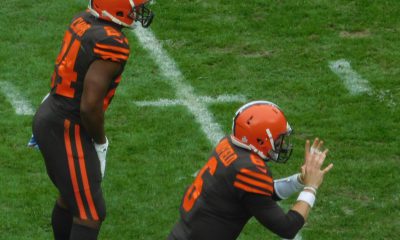

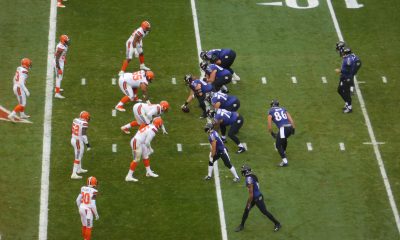

Recent Comments